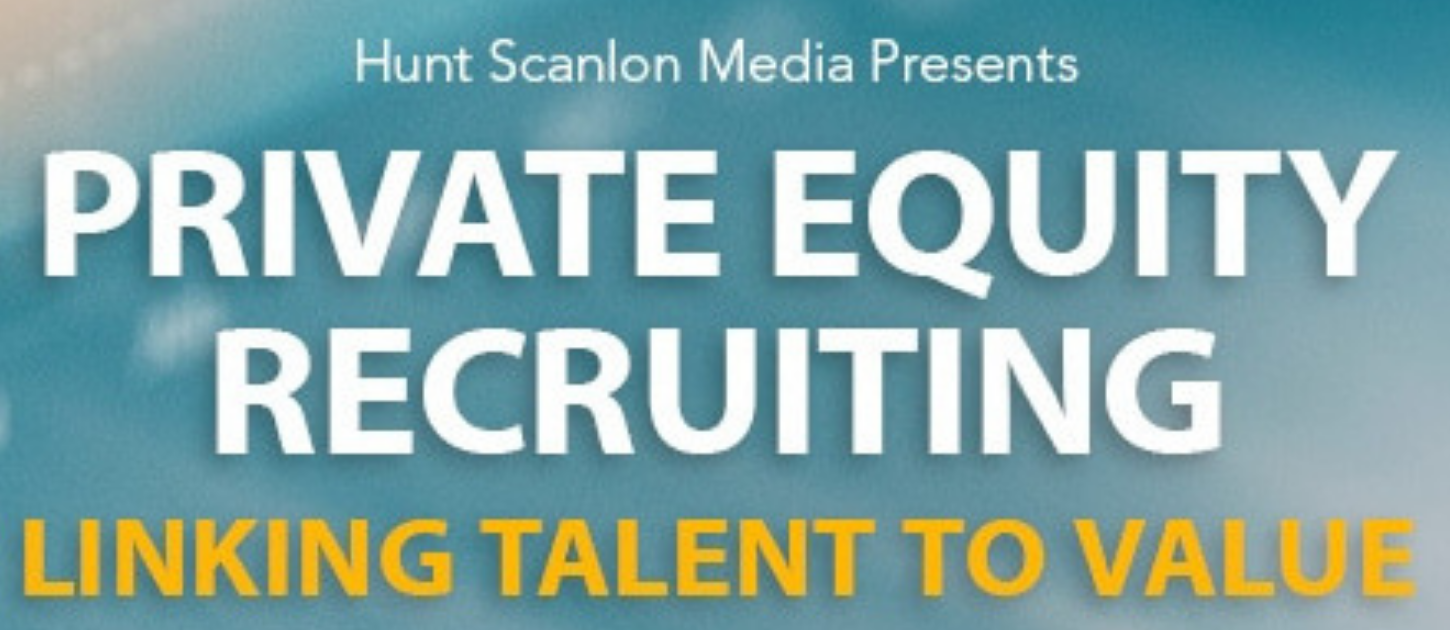Our Takeaways and Insights from Hunt Scanlon’s Private Equity Talent Conference
Earlier this month, Hunt Scanlon brought together a few hundred private equity leaders, chief talent officers and executive recruiters at the Harvard Club of New York City for Private Equity Recruiting: Linking Talent to Value, a one-day conference focused on the growing thirst and demand for talent in PE. Summit Leadership Partners was on hand with the goal of expanding our own understanding of the ways in which PE is utilizing and evaluating human capital. We came away with some of the following thoughts, insights and learnings:
The time for Private Equity to consider human capital and talent strategy is now:
In today’s Private Equity (PE) environment, the value equation is changing from quick productivity plays to longer-term bets. There is an increased recognition among PE firms that talent is the primary key to unlocking a return on their investments. As a result, firms are working to more quickly understand the talent and capability strengths and gaps in their portfolio organizations. Many of the larger PE players are hiring their own internal human capital and talent leaders to serve as expert coaches to their CEO’s. Many of those people are also utilizing outside consulting firms with deep expertise in the areas of talent and organization assessment, coaching and team effectiveness to serve as extensions of their internal teams. Our team at Summit does this kind of work frequently. Every single day a talent problem goes unaddressed can have a huge impact to the investment. Focusing on getting the right people in place and making them productive as quickly as possible can pay major dividends.
Human Capital Executives are critical to the performance of portfolio companies:
Another theme emanating from the conference was the growing importance of the role human capital executives must play in helping private equity investors support their portfolio companies with talent strategy and tools. Human capital executives are increasingly delivering expertise, support, best practices and hands-on leadership to both deal partners and portfolio CEOs. It’s clear that the prominence of human capital roles will continue to grow as the ability to assess, diagnose and implement talent strategies will ultimately have a major impact on value creation.
Changing the top leadership is not always the best solution:
Changes in portfolio company leadership have historically followed the close of a transaction. Just 50% of portfolio company CEOs remain in their positions two years following the completion of a transaction. However, many PE firms have learned the hard way that changing out the majority of a leadership team can negate growth, create productivity drains, and make it difficult to retain critical talent within the deeper layers of the organization. Rather than just recruiting new players, human capital executives are introducing leadership assessments along with coaching and development programs to help portfolio organization leadership teams acquire missing skills and capabilities while keeping the leadership team productive.
Developing a “bench” is crucial to long-term success:
Historically, mid-market, high-growth companies have not done a great job at developing “bench strength” in their leadership ranks. Too often after a transaction, PE firms will hire executives from Fortune 500 “talent academies” to fill the gaps. Many of these professional managers attempt to implement the same playbooks they’ve used in the past but find that what worked at a multi-billion-dollar organization doesn’t translate well within smaller, more nimble organizations. They may also struggle culturally, moving from a highly structured and resourced environment to one that doesn’t offer the same type of systems, processes and resources. This creates expensive turnover, missed opportunities and disengagement.
With this in mind, PE human capital executives are now looking to better develop their investment companies’ approach to talent pipelines. This begins by identifying the critical leaders already within the organization and then helping them grow through applied learning, experiential stretch assignments and coaching. While these are the same leadership development approaches the Fortune 500s use, tailoring the programs within the unique context of the high-growth company and with the current leadership teams will deliver greater returns.
Identify critical talent deep in the organization for true success:
Private Equity human capital and talent leaders are increasingly realizing that their company leaders need to focus on talent and roles throughout the organization, as opposed to solely looking at the senior management levels. Studies demonstrate that 90% of critical talent is missed when organizations focus only on the very top. Ensuring that the right people are in the most strategically pivotal roles can determine success or failure of a growth strategy. Examples of these roles might be software architects for a technology company or a designer for a fashion retailer. Human capital executives are helping their portfolio companies adopt a structured and a proactive approach that will allow them to continuously identify talent and then develop and retain those people.
